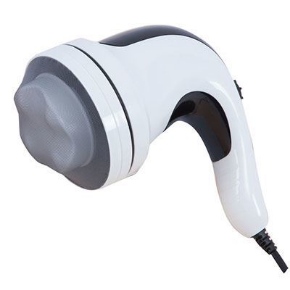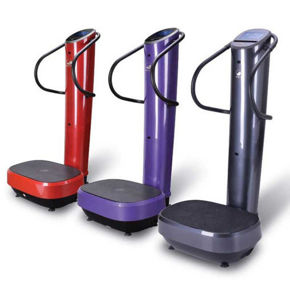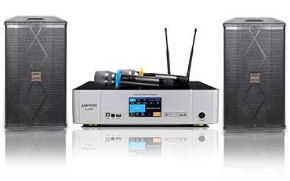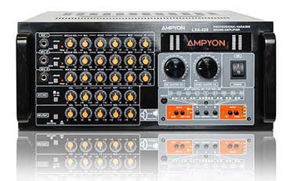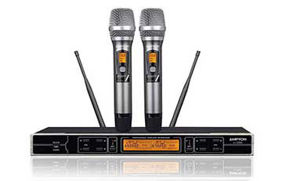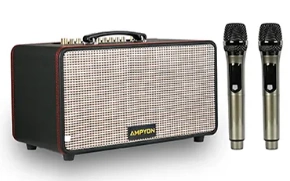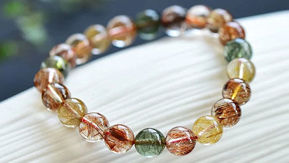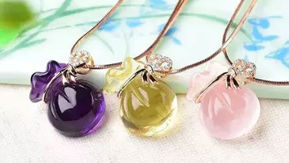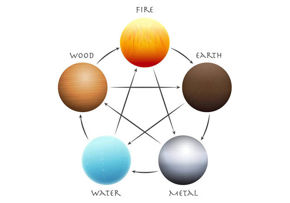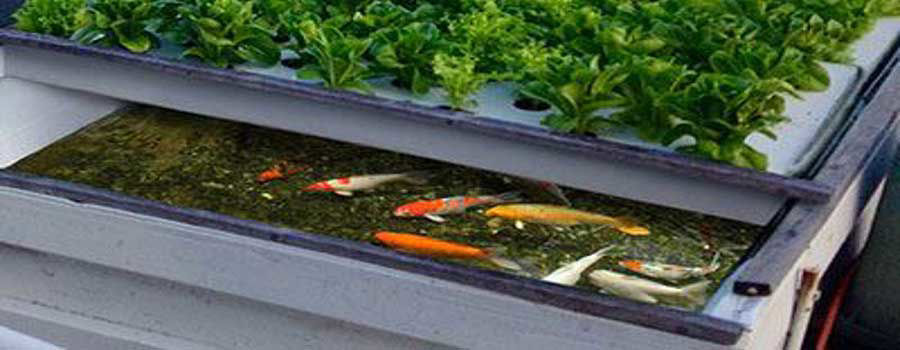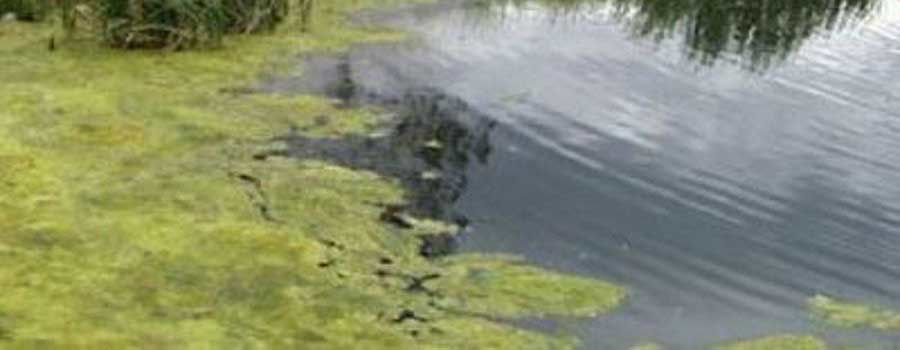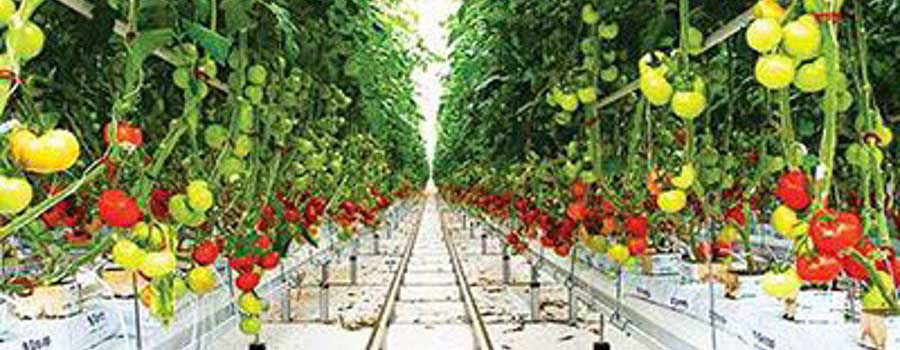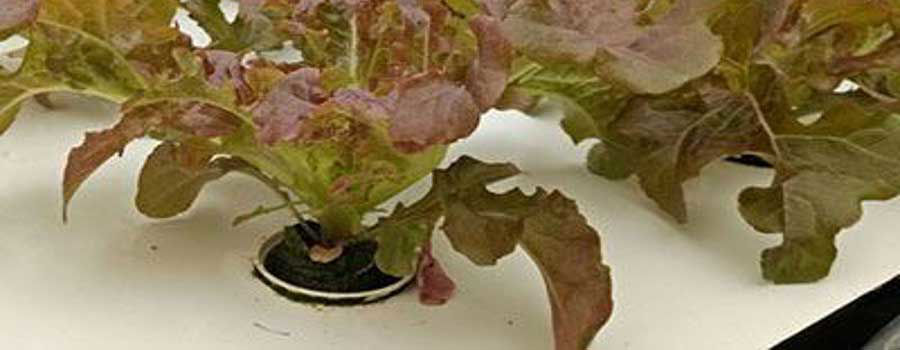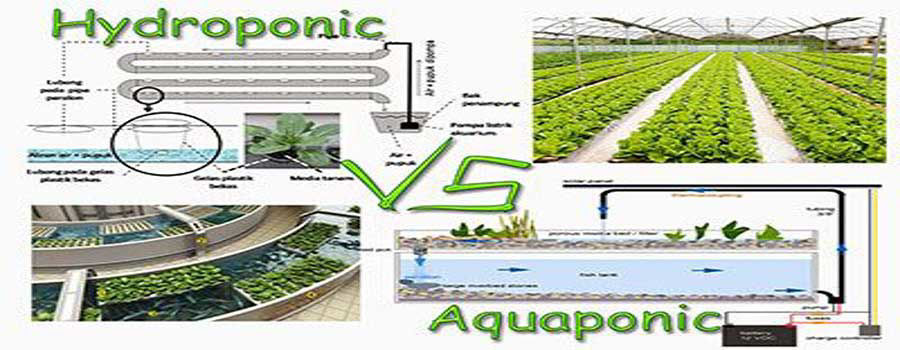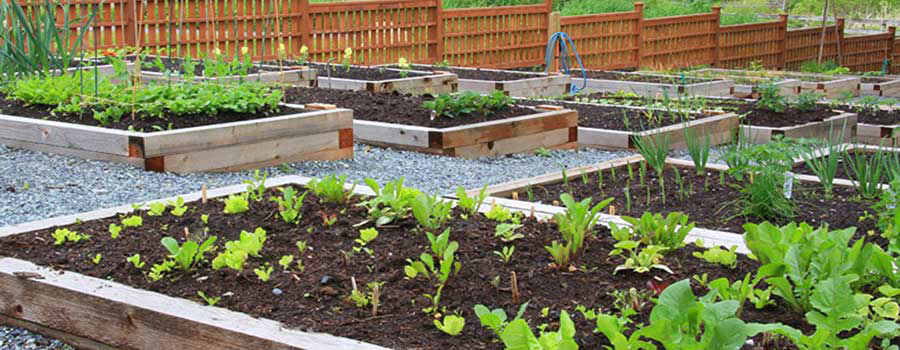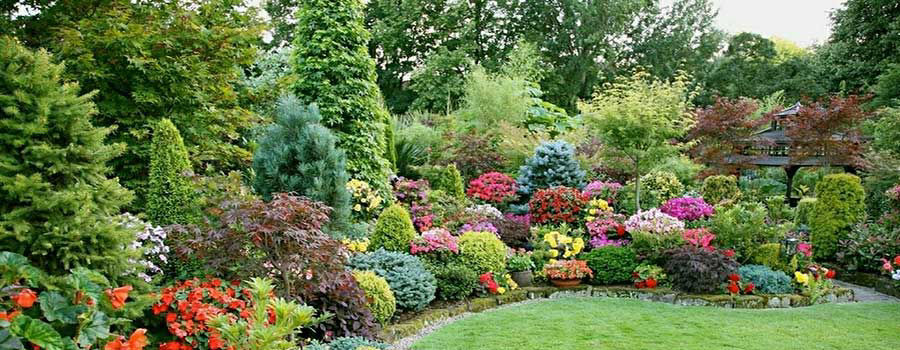Aquaponics is a type of Hydroponics where plants are allowed to grow from water instead of ground soil. In this system, the nutrient within the water comes from the fish, making it grow efficiently to produce healthy organic produces.
Have you ever imagined growing your own garden with fresh fruits and vegetables, without having to deal with weeds and pesticides growing around? This is aquaponics for you!
In fact, you will have less to deal with fertilizers, watering, weeding, and so on. When a lot of hard work is involved, gardening tends to become stressful. Thus, it is vital that you consider starting up your own DIY aquaponics garden and enjoying all the benefits it brings to the table. DIY aquaponics is a very simple procedure that will give you the fastest and healthiest veggies you have ever seen. This system of farming is known for its ergonomic and face-lift design. Decorating your home with fruits and veggies beautifies your environment and can enliven a boring garden. It also helps to improve the quality of the air that you breathe in.
Moreover, you do not need to constantly check your crops because they can grow on their own as long as their nutrients are available to nurture them. Another strong point is the application of elevated grow-beds which has been proven to improve harvest and minimize back pain issues in most cases. Consequently, using this system will only require little or no stress incurred to your back.
Owning a DIY aquaponics system can be a wonderful hobby that will provide fresh fruits and veggies on your table. And, if space is not a major concern you would be able to produce enough veggies to feed your family all year round. Most importantly, food produced in DIY aquaponics systems has a remarkable taste. This is because they are grown in a natural and chemical-free environment. The system offers an efficient and practical eco-system that works efficiently and effectively. This eco-system ensures that water is maintained clean all year round.
WHY CONSIDER DIY AQUAPONICS - BENEFITS
- Nutrients Within The Water Come From Fish
Typical fish water tends to become dirty only after a week or so, i.e. if there is no pump. And, we know that fish don’t like swimming in their own waste. But, with a DIY aquaponics system, you can solve both problems. In an aquaponics system, the dirty fish water which is full of nutrients is pumped to the plants. Then, the root of the plants will tap the nutrient and cleanse the water before it is returned to the fish tank. This means you don’t have to worry about nutrients for your plants as the fish waste serves as a rich source of nutrients to them.
- Easy Recycling
DIY aquaponics uses just 1/10 of the water of a regular garden. Usually, a pump is needed to regularly supply water to your fish pond, but the aquaponics system works like a water pump. Instead of wasting dirty water, the system recycles the nutrients that originate from the fish wastes. The aquaponics system extracts the nutrients to the plants (through the roots) and then pumps back the nourished water up to the plants. The plants' roots act as filters and clean the water before it is pumped back to the fish tank or pond. This recycling conserves water and makes this system of farming is applicable even in the aridest climates where water is scarce.
- A Good Source of Income
DIY aquaponics can be a good source of income if you prefer to grow fish and plants from home. If you choose to take this as a hobby or decide to build a lucrative business, then consider this system as one that is worth investing. With DIY aquaponics, you can save a considerable amount of water and energy (let’s say 92% and 83% respectively) for the same amount produced for soil-based crops. Also, when you compare the amount one would spend on fertilizers, you’ll find out that fish food is more affordable.
- DIY Aquaponics Won't Cost You a Ton
Do-it-yourself aquaponics system is cheaper than the conventional system. More so, the energy that a DIY aquaponics will consume is quite little, as well.
- It is very easy to get started with DIY aquaponics – very little technical skills and knowledge is required.
- Aquaponics doesn't require soil. Thus, weeds pose no threat!
- The aquaponics system recycles and circulates clean water itself. This means the system requires little cleaning and maintenance.
- Natural sources for fish are gradually depleting, which could affect the global food supply. But, with aquaponics organic vegetation and growing fish is more ecological. Also, food grown with this method is way healthier and tastier than the soil-grown crops.
The main benefit to having a DIY aquatic system is that it allows you to grow a lot of plants in a small area. For example, if you grow your own food e.g. tomato, then you will be able to grow a lot of different varieties of tomatoes in a smaller area than you are most likely using at the moment.
NOTE: If you are still contemplating on setting up your DIY aquaponics garden, start now because you are going to save a lot of cash. Creating your own installation and learning a few tricks won’t cost much. You get to help the earth by recycling components and also gain the satisfaction of getting fresh crops at your convenience.
It is also important that you strike a balance with your aquaponics system. If the population of the fish is too many (i.e. too few plants), the plants suffer stunted growth and will not purify the water sufficiently. On the other hand, if the population of the plants is too much (i.e. too few fishes), there would not insufficient nutrients for them. This means the water would end up being polluted and the fish would eventually die.







